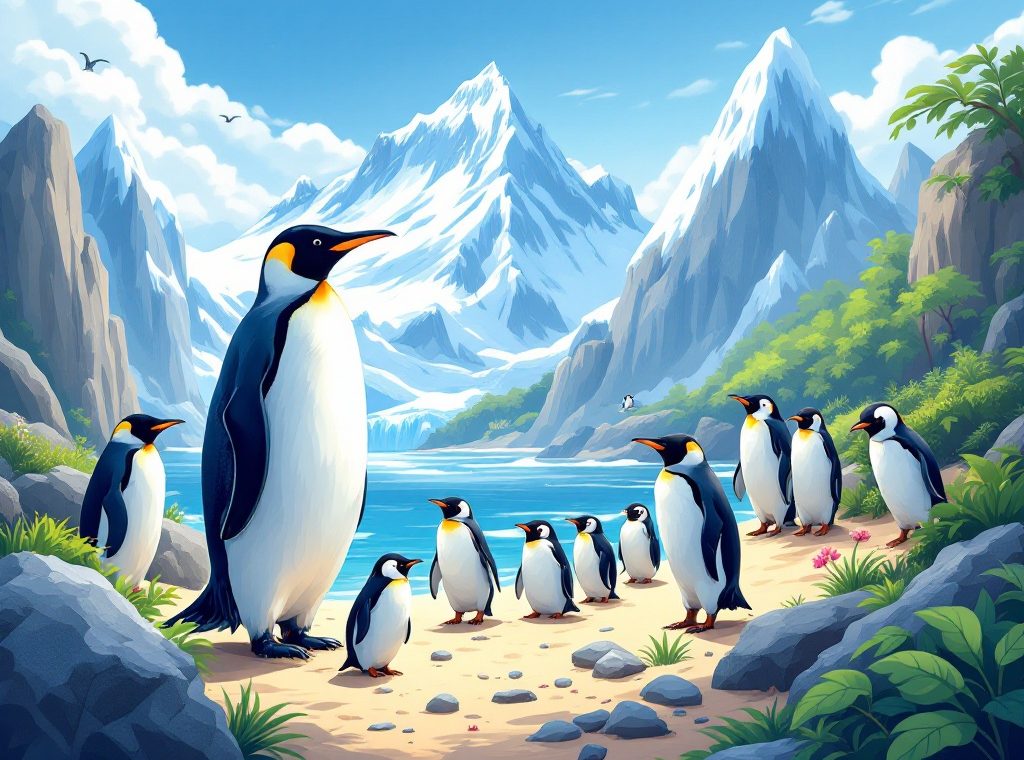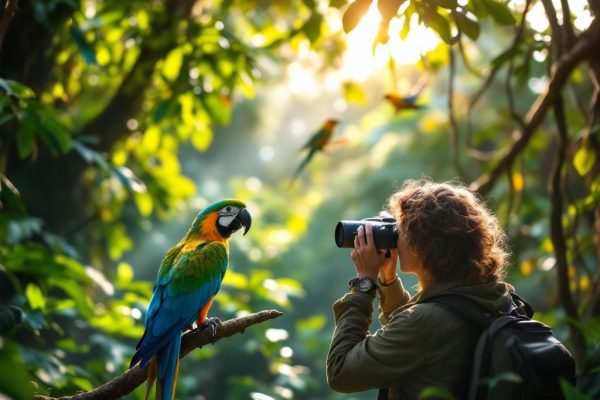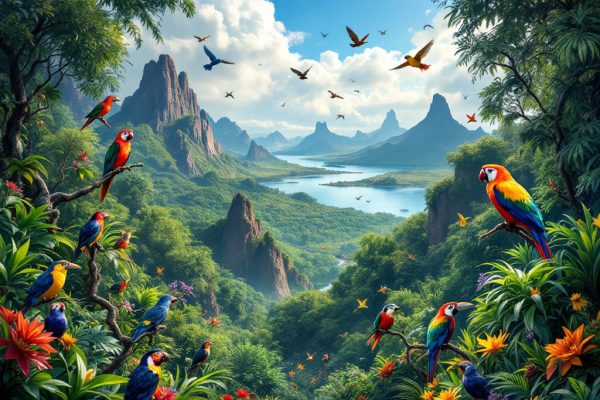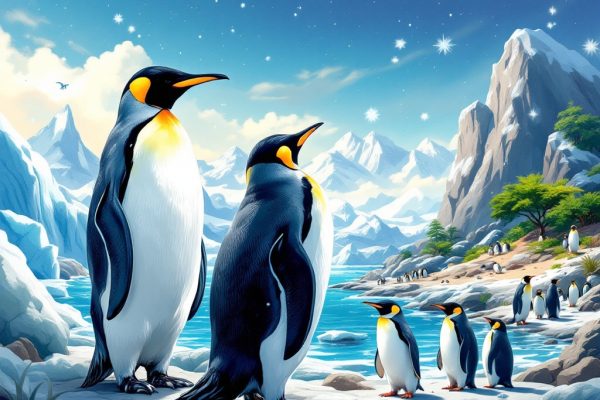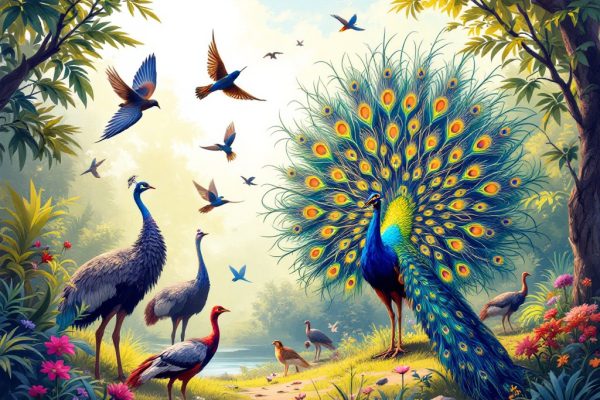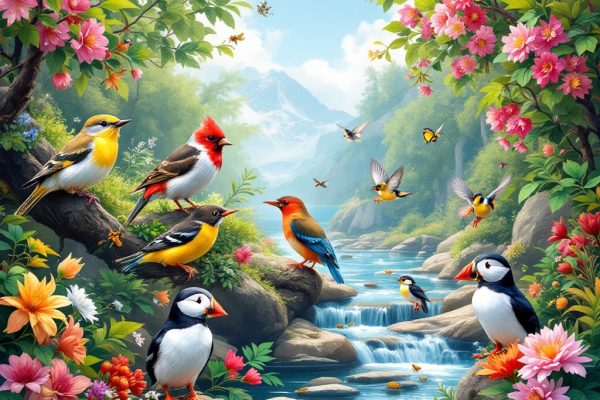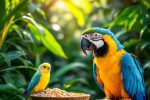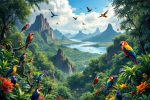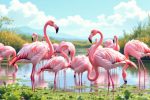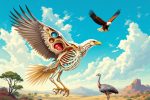What Are the Different Types of Penguins
Dive into the fascinating world of penguins! From the icy plains of Antarctica to the warm Galápagos Islands, discover 18 unique species, each with remarkable adaptations. Learn about the largest penguin, the Emperor, and the smallest, the Little penguin. Explore the threats facing vulnerable species like the Macaroni penguin and the critically endangered Yellow-eyed penguin. Uncover the unique characteristics of each species, from the striking Chinstrap with its 13 million strong population to the rare Fiordland penguin nesting in rainforests. Start your penguin adventure now!
Important information

- Eighteen penguin species inhabit the Southern Hemisphere, from Antarctica to near the equator.
- Emperor penguins are the largest species, breeding on Antarctic ice.
- Chinstrap penguins are the most abundant, with about 13 million individuals.
- The Galápagos penguin is the only species found north of the equator.
- Several penguin species, like the Macaroni and Yellow-eyed, are vulnerable or endangered.
What Are the Different Types of Penguins?
Penguins, with their distinctive black and white plumage, are a group of 18 recognized species inhabiting the Southern Hemisphere. These flightless birds are found in diverse locations, from the icy landscapes of Antarctica to warmer regions near the equator. Antarctica is home to iconic species like the Emperor and King penguins. The Galápagos penguin resides near the equator, while the African penguin inhabits the coasts of South Africa and Namibia. Other notable species include the Adélie, Gentoo, Chinstrap, Macaroni, Rockhopper, Magellanic, Humboldt, Yellow-eyed, Little, Fiordland, Snares, Erect-crested, and Royal penguins. Despite their varied locations and unique traits, all penguins share a common reliance on the ocean as their primary source of sustenance and habitat.
Emperor Penguin
Emperor penguins, the largest penguin species, breed almost exclusively on the Antarctic sea ice and can reach an impressive height of 122 cm.
King Penguin
King penguins, the second largest penguin species, inhabit subantarctic islands in the southern Atlantic. Their distinctive orange ear patches and yellow-orange neck band make them easily identifiable.
Adélie Penguin
Adélie penguins, known for their spirited personalities, are skilled hunters thriving in the harsh Antarctic climate. However, climate change jeopardizes their primary food source, posing a significant threat to their existence.
Gentoo Penguin
Gentoo penguins, the third-largest penguin species, may comprise four distinct species according to recent research. Their vibrant orange beaks and distinctive white head stripes make them easily identifiable and quite striking.
Chinstrap Penguin
Chinstrap penguins, easily identified by the thin black band under their chin, are a striking presence in Antarctica. With a population of nearly 13 million, they are the most abundant penguin species, thriving in this icy realm.
Macaroni Penguin
Macaroni penguins, despite their large population of about 12 million pairs, are classified as a vulnerable species. Human activities and climate change significantly threaten their survival.
Rockhopper Penguins
Northern and southern rockhopper penguins are two distinct varieties. The northern rockhopper penguin is endangered. The southern rockhopper penguin is easily recognized by its loud, raspy song.
Magellanic Penguin
Magellanic penguins are instantly recognizable due to their distinctive black bodies and white bellies. This striking coloration provides effective camouflage in the water, protecting them against predators like sea lions and leopard seals. Named after the explorer Ferdinand Magellan, these penguins primarily inhabit the waters around the Falkland Islands and South America.
African Penguin
African penguins, also known as black-footed penguins, reside in South Africa and Namibia.
Humboldt Penguin
Humboldt penguins, recognized by their distinctive black faces and a unique white ring, inhabit the coasts of Peru and Chile. This species derives its name from the Humboldt Current, a crucial ocean flow that runs through their coastal habitat.
Galápagos Penguin
Galápagos penguins are unique, being the only penguin species found north of the equator. Living on the Galápagos Islands, they’ve adapted to the surprisingly warm climate of this volcanic archipelago, a testament to their remarkable resilience.
Yellow-eyed Penguin
The yellow-eyed penguin, or hoiho in Māori, native to New Zealand, is an incredibly rare bird facing critical endangerment.
Little Penguins
Known as the smallest penguins in the world, little penguins also go by the charming name of fairy penguins.
Fiordland Penguin
Fiordland penguins are exclusive to New Zealand, inhabiting the region’s rainforests, primarily Fiordland. These incredibly rare birds often nest deep within the forest, a surprising behavior since most penguins prefer coastal nesting sites.
Snares Penguin
Snares penguins live and breed only on New Zealand’s Snares Islands, making their nests in the thick coastal forests. They communicate in interesting ways, such as chest-pumping and bowing, to interact within their colony.
Erect-crested Penguin
Erect-crested penguins, with their distinctive upright yellow crests, are a striking sight. These unique birds inhabit the Bounty and Antipodes Islands near New Zealand. They are renowned for their long-distance swimming abilities. Their loud calls reflect their social nature.
Royal Penguin
Royal penguins, with their striking white faces, inhabit the sub-Antarctic Macquarie Island. They bear a close resemblance to Macaroni penguins.

